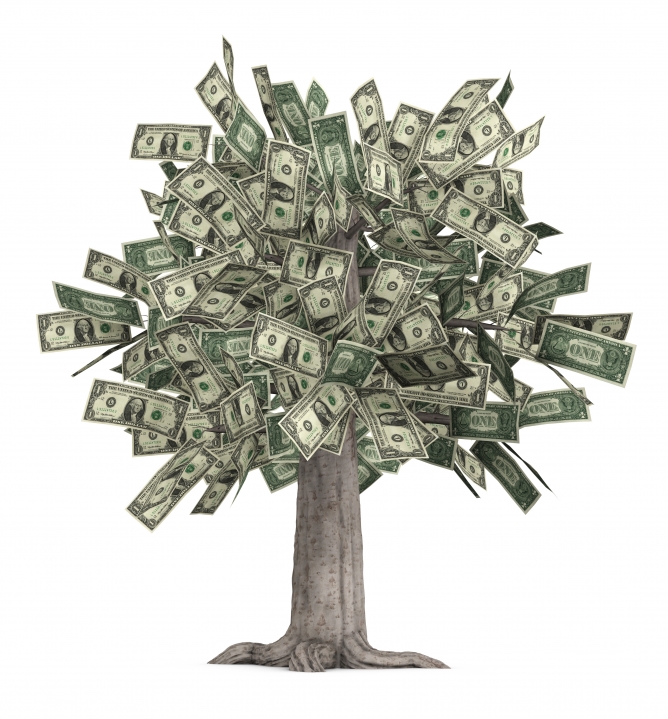Are you looking for high return investments today?
A high return investment that requires the bare minimum of risk is as elusive as the Holy Grail. It might be out there, but there’s a good chance you won’t find it. Alternatively, a smart investor will consider the risks at hand and make a wise decision on the investment he will make. There’s just no foolproof method in picking the sure-shot investment, but you can be shrewd about it.
With inflation continuously on the rise, it has become imperative for investors being smarter with the investment choices they make. They don’t simply rely on the low yielding bank Certificate of Deposit or the ultra-risky stocks or Forex. There are other avenues where they can grow their money in more secured offerings. In this article, we will be featuring little-known low-risk investments that have the potential for a huge payout.
Risks Defined
But first, before we dive head first into the murky waters of low-risk-high-reward investments, we need to understand what investment risk is. The first concept every smart investor should get a firm grasp on is the type of risk involved with their investment. There are several:
- Market Risk—is the probability that the value of the investment, relative to market conditions, declines
- Interest Risk—is the probability that the value of the investment declines because of changes in the interest rates
- Reinvestment Risk—is the probability where an investor loses out because the investment was reinvested with a lower interest rate
- Political Risk—is the probability that foreign investments will falter because of unfavorable political conditions in the country where the investment was made
- Legislative Risk—is the likelihood where an investment loses value because of legislations or laws made by the government
- Liquidity Risk—the likelihood where an investment can’t be liquidated easily
- Purchasing Power Risk—this is the risk where inflation out-paces the growth of the investment
- Tax Risk—the probability that the investment’s value or return will be affected because of taxation concerns
The next concept all smart investors should understand is the spectrum of risk they are comfortable with. The spectrum runs a gamut from safe investments that virtually assure payouts but have very few returns, to very risky speculative investments with equally aggressive returns.
Low Risk with the potential for High Rewards
Smart investors make sure they get the bang for their hard-earned buck. That’s why they turn to relatively safe investments with lower risks but still offer juicy rewards.
Dividend Paying Stocks
Not all stocks pay out dividends to its shareholders at the end of the year. So it’s wise to invest in a stock that is generous to its shareholders (one that shares a slice of the profit pie). Between two stocks that perform more or less the same, a preference should be given to the one that pays dividends. The risks are the same anyway, but you get more rewards from the dividend paying stock.
Mutual Funds
Mutual Funds, on the other hand, offer an easier way to invest in the stock market. A fund manager will do the job of picking profitable stocks for you. Make sure to tell your fund manager to look out for stocks that pay dividends.
Preferred Stocks
They called preferred stocks as a hybrid investment. It’s actually a cross between a stock (meaning: equity or ownership) and a bond (meaning: a debt). The payouts are more frequent and liquidity is not a problem. These stocks can actually be sold anytime without the risk of penalties. Preferred stocks trade within a few dollars of the rate it was issued, so it’s not as risky. And if the company liquidates, those who hold these stocks get paid first before common stockholders. Owning these preferred offerings is another way to invest in stocks at a low risk while getting yearly dividends
Utility Stocks
These stocks pay dividends and are non-cyclical. This means that a utility stock’s price doesn’t coincide with the economy’s activities because there is always a need for electricity, water and gas. But it still comes with some risks: a slightly higher market risk and taxation risk.
Peer to Peer Lending
This investment is not about buying stocks but issuing loans. In Peer to Peer Lending, you go through a middle man (usually a website) who will match you with a peer in need of funding. You invest by loaning your money to that peer with the hope that he will pay you back in time, with interest of course. This type of investment is another great vehicle to outpace inflation because yields can go as high as 10 to 12 percent
So take your among the five high return investments we featured. The yields in these investments are bigger than Certificates of Deposits or Security Bonds (around 2-5% higher). But their greatest feature is that they are not as risky.


Leave a Reply